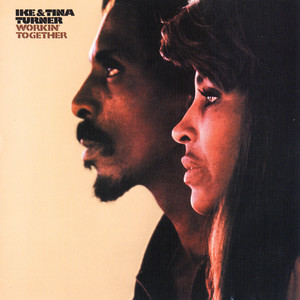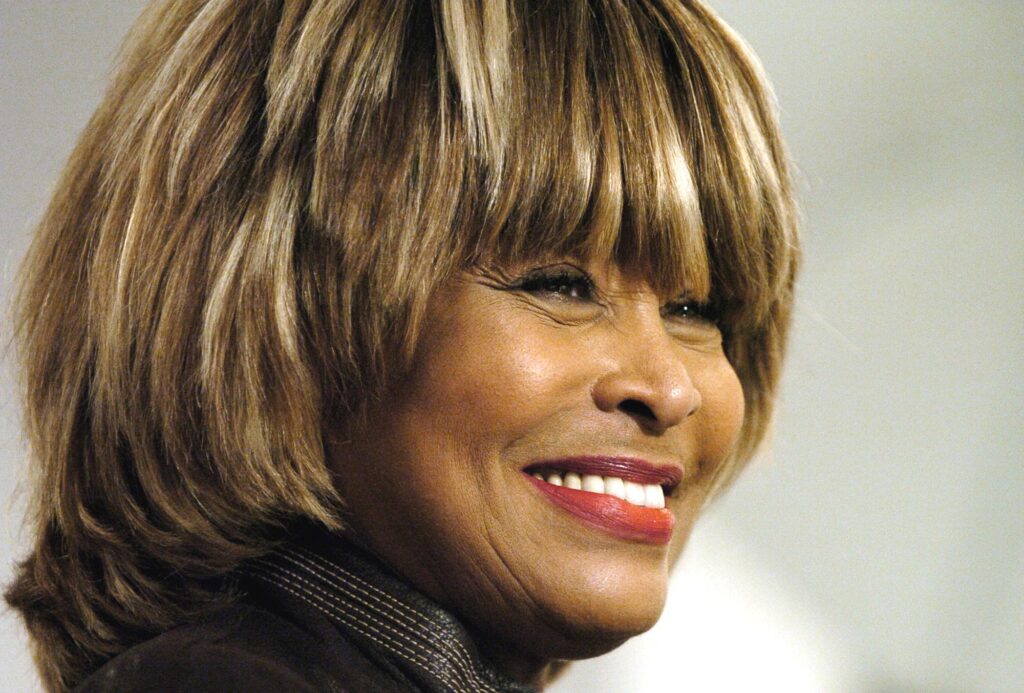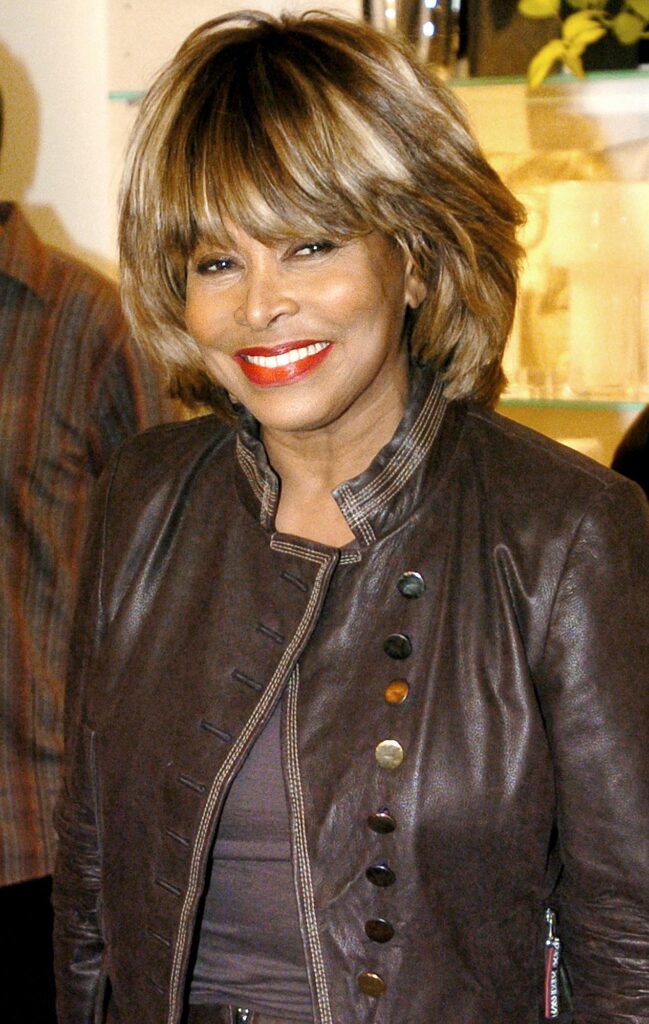Remembering the iconic rock legend Tina Turner
Described as an unapologetically Black woman who overcame the indignities of rural poverty, the seduction of a meteoric rise to fame, and the scourge of domestic violence, the iconic Queen of Rock-and-Roll, Tina Turner, 83, made her transition from this life on May 24. Ms. Turner left to the world a legacy of personal transformation and redemption, after battling a long illness in Switzerland, her adopted country and home for nearly 30 years.

Born Anna Mae Bullock on November 26, 1939, to a sharecropping family in Brownsville, Tennessee, she was sent as a young child to Nutbush, Tennessee, upon the separation of her parents, where she was raised by her grandparents and it was there, she began singing in church as a teenager.
Moving to St. Louis years later, to become part of the local Rhythm and Blues community, it was there she met Ike Turner, and in 1956, under the stage name Tina Turner, she began touring the “Chitlin’ Circuit” as the Ike and Tina Turner Revue until their hit single, “A Fool in Love,” made the pop charts in 1960.
“When I started singing, Ike had mostly male singers and I wanted to sound like they sound,” Tina Turner said in a 1972 interview on The Dick Cavett Show. “I’ve been singing all of my life, but when I started singing with him, I wanted to sound like them and like Ray Charles and all,” she said of her early music role models such as Mr. Charles and Sam Cooke.
Marrying Ike Turner in 1962, their rise to national and international fame increased albeit in a toxic relationship secretly marred by extreme domestic violence and physical abuse, ultimately leading Ms. Turner to file for divorce in 1976, and made final in 1978. Commenting on her 1986 autobiography, “I, Tina (My Life Story)” and the 1993 biopic, “What’s Love Got To Do With It,”
Ms. Turner said on the Australian television program, “A Current Affair,” that although Ike exposed her to the entertainment industry, which helped develop her natural born gifts and talents, she also described how her ex-husband’s troubled past, and addictions made him into a violent man who was a danger to both him and to others.
“The book was written because I was having a problem with every interviewer talking about my past, and with Ike, and I felt that if I told the story of what my life was like there, people would understand why I left, and then they all went crazy to want to know how I stayed there,” Ms. Turner said of their tumultuous years together during the 1993 interview. “Ike was a violent man when I met him, with his ladies before, his women before, I knew that he was a violent person,” Ms. Turner said. “He was a brutal man; he had some problems from childhood, and it sort of reflected in his life.”

Ms. Turner sold more than 100 million records worldwide and was one of the best-selling female artists of all time and won 12 Grammy Awards.
Tributes to the life and legacy of Ms. Turner came in from around the world. “Tina Turner was raw. She was powerful. She was unstoppable. And she was unapologetically herself—speaking and singing her truth through joy and pain; triumph and tragedy. Today we join fans around the world in honoring the Queen of Rock and Roll, and a star whose light will never fade,” former U.S. President Barack Obama said on Twitter.
Angela Basset, who portrayed Ms. Turner in “What’s Love Got To Do With It,” shared her reflections on Instagram. “How do we say farewell to a woman who owned her pain and trauma and used it as a means to help change the world?” Ms. Bassett shared.
“Through her courage in telling her story, her commitment to stay the course in her life, no matter the sacrifice, and her determination to carve out a space in rock and roll for herself and for others who look like her, Tina Turner showed others who lived in fear what a beautiful future filled with love, compassion, and freedom should look like,” her post continued.
“Her final words to me – for me – were ‘You never mimicked me. Instead, you reached deep into your soul, found your inner Tina, and showed her to the world.’ I shall hold these words close to my heart for the rest of my days.
I am honored to have known Tina Turner. I am humbled to have helped show her to the world. So on today, while we mourn the loss of this iconic voice and presence, she gave us more than we could have ever asked. She gave us her whole self. And Tina Turner is a gift that will always be ‘simply the best.’ Angels sing thee to thy rest…Queen.”
Defining an era in music

Dr. Daphne A. Brooks, professor of African American Studies and Music at Yale University and an author, told The Final Call that she views Tina Turner as an inventor of modern rock-and-roll vocals that have evolved into what is now known as modern pop vocals. Tina Turner’s major hits would grow from: “River Deep, Mountain High” and “Nutbush City Limits,” recorded in her early years with Ike, and solo albums later in her career such as 1984’s “Private Dancer,” which included her hit song “What’s Love Got to Do with It” and 1986’s “Break Every Rule.”
“She really was the bridge figure between the sound of the classic blues queens,” Dr. Brooks said. “Bessie Smith, Ma Rainey, Alberta Hunter, the early rock-and-roll pioneers, and R&B pioneers of the mid-1950s, folks like Sister Rosetta Tharpe, and Big Mama Thornton, and when I say bridge figure, she took all of that history and then translated it into the modern moment in which rock-and-roll itself was becoming further amplified and electrified,” she explained of Ms. Turner’s energy, stage presence, and talent.
“So, she cultivated and innovated a kind of vocalizing that could stand up to that heavy electric sound and hold its own,” Dr. Brooks said of Tina Turner’s unique contribution to the genre. “In terms of inventing and vocalizing, performers across the board, White men, Black men, Black women, who came after her, could tap into a Tina Turner who paved the way.”
Describing her as a musically revolutionary voice for her time, Dr. Brooks added that her unique voice and performances helped to create and define an era in American music that captivated audiences both nationally and internationally.

“One of the things that is so compelling about her is that she really wanted to lean into rock-and-roll’s evolving sound, in the late ’60s and in the ’70s, as a way of laying claim to something that was revolutionary in her own spirit,” Dr. Brooks noted. “In that sense, she became a really distinctive Black woman’s voice. She added a Black woman’s perspective and embodied audacity to the sound of rock-and-roll, calling attention to the fact that African Americans were the architects of the genre itself.”
Regarding her film performances, Tina Turner’s appearances were as significant as they were few. In a 1986 broadcast with Italian interviewer Serena Dandini, Ms. Turner described herself as preferring dystopian and post-apocalyptic fiction roles over the stereotypical roles traditionally offered to Black women in the 1960s and ’70s, while referring to her 1975 film debut.
“I think the very first was ‘Tommy,’ I played the part of Acid Queen and when I took the part, I didn’t know I was playing the part of a hooker,” Ms. Turner said, recalling her character in what was both a musical and a rock opera movie. “I took the part because I got the chance to be this mad woman and when they gave me the needle (in a drug scene), I said ‘ah, I’m providing drugs!’”
Ms. Turner said in the interview that after playing the Acid Queen in “Tommy,” roles offered to her were mostly those of prostitutes and that she refused to take them.
“I didn’t want it. I didn’t just want to be on the screen just for the sake of being up there. I wanted to do something that people would remember me for, something that I would enjoy and be proud of,” she said. “I look back at Acid Queen now and sort of flinch when I see her, how horrible it was, but still, people liked it and they remembered it.”
Stating that her favorite movie role was that of Aunty Entity in the 1985 film, “Mad Max Beyond Thunderdome,” Ms. Turner said her stereotype-breaking character fit her personality as a “warrior woman” and that she admired strong female characters in science fiction movies such as Sigourney Weaver’s character in the “Alien” franchise and the Sarah Conner character in the “Terminator” films. She also said she turned down the role of Celie in Steven Spielberg’s adaptation of “The Color Purple,” and said it reminded her too much of her past.

“I don’t want to sing in a movie. I’m singing. I have my own career as a singer,” Ms. Turner stated further. “I want to do something unusual. I don’t want to be involved with something as depressing as (The Color Purple), it reflects too much back on my life with my ex-husband,” she said. “I’m talking always with the press about my life, and I have to do a movie? I’m trying to forget the past, because it’s done, it’s over, I finished that part of my life. I’m not going to do a part that reminds me of what I’ve lived already.”
Referring to Tina Turner’s part in the post-apocalyptic “Beyond Thunderdome” movie with Mel Gibson, Dr. Brooks told The Final Call that her singing of the movie’s theme song matched the tensions and politics of the 1980s and the uncertainties of the latter days of the Cold War.
“In the version where Tina Turner appears, she is leading the disaffected masses, in the wake of apocalyptic disaster, and one of my favorite songs by her comes from her performance in that film, and it’s the theme song to that film: ‘We Don’t Need Another Hero,’” Dr. Brooks added.
“It’s worth remembering that that’s a song from 1985, so deep in the Reagan, Bush one era, here we have Tina Turner, the comeback global superstar, singing what is arguably her most important social justice song, about the importance of collectivity and assembly, and being able to come together in the face of authoritarianism.”
Regarding what Tina Turner’s life represented, beyond the fame and violence she had to overcome, Dr. Brooks agreed that parallels between her being trapped in an oppressive relationship and breaking free to find her own voice, and that of the Black American experience, is worth further examination. “We don’t do ourselves any good service on lingering on the horrors that Tina Turner faced, the best place to end up is luxuriating in the riveting art that she created for us and left behind,” she said. —William P. Muhammad, Contributing Writer













